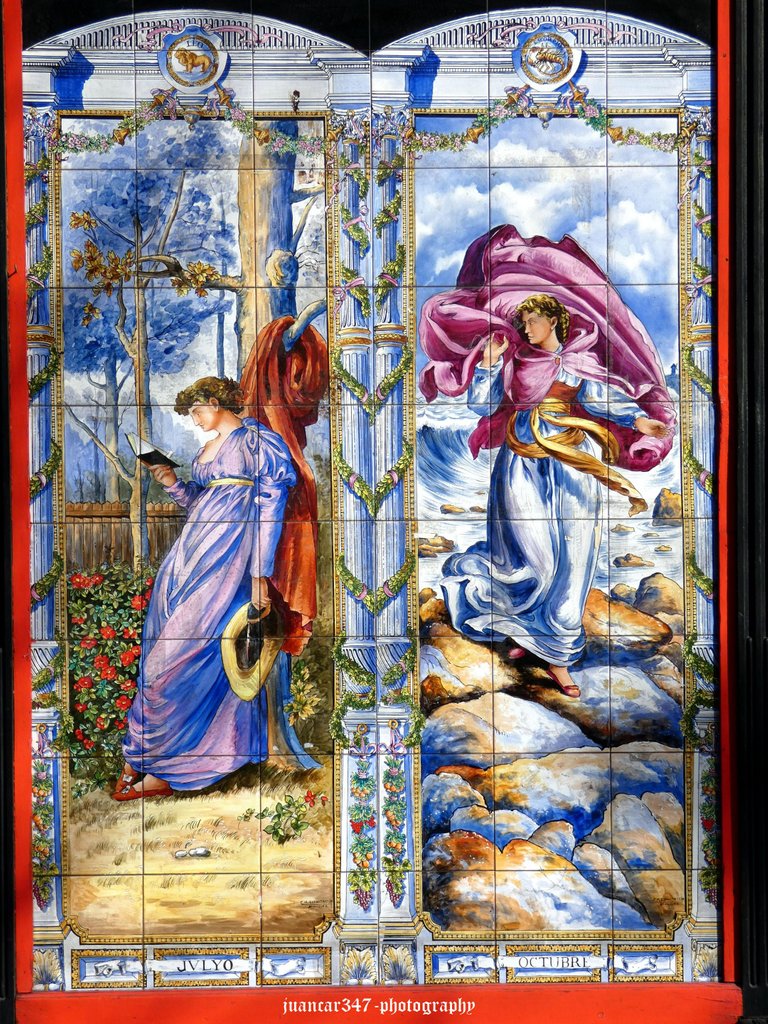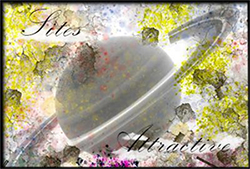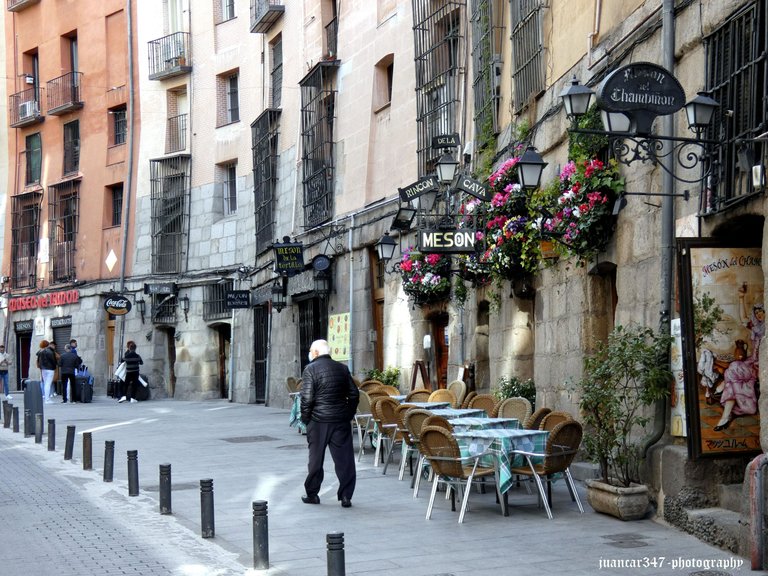
One of the most popular places in that fascinating Madrid de los Austrias, where every tourist who comes regularly to visit us is enthusiastic about taking one or a hundred selfies as a souvenir, is the Cava de San Miguel, which starting from Calle Mayor and leaving to one side the Plaza of the same name, leads to the famous Calle de Cuchilleros, whose magnificent and disconcerting Arch I had the opportunity to show you not long ago.
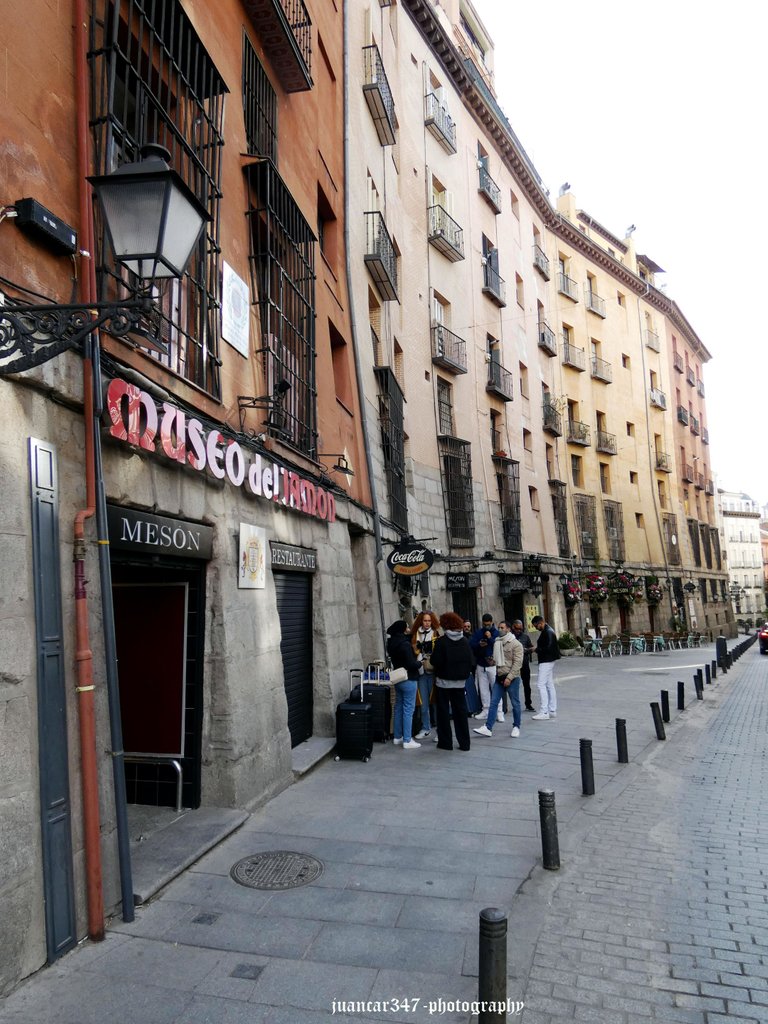
In fact, if the height and layout of the Arco de Cuchilleros are disconcerting, much more disconcerting still, if possible, is the extraordinary curvature of some buildings that were built in the same place where part of the deep defensive moat of the 16th century walls was located. XII that surrounded the city and that King Felipe II ordered to be blinded with thousands of tons of stone and sand, when the works of the Plaza Mayor were undertaken.
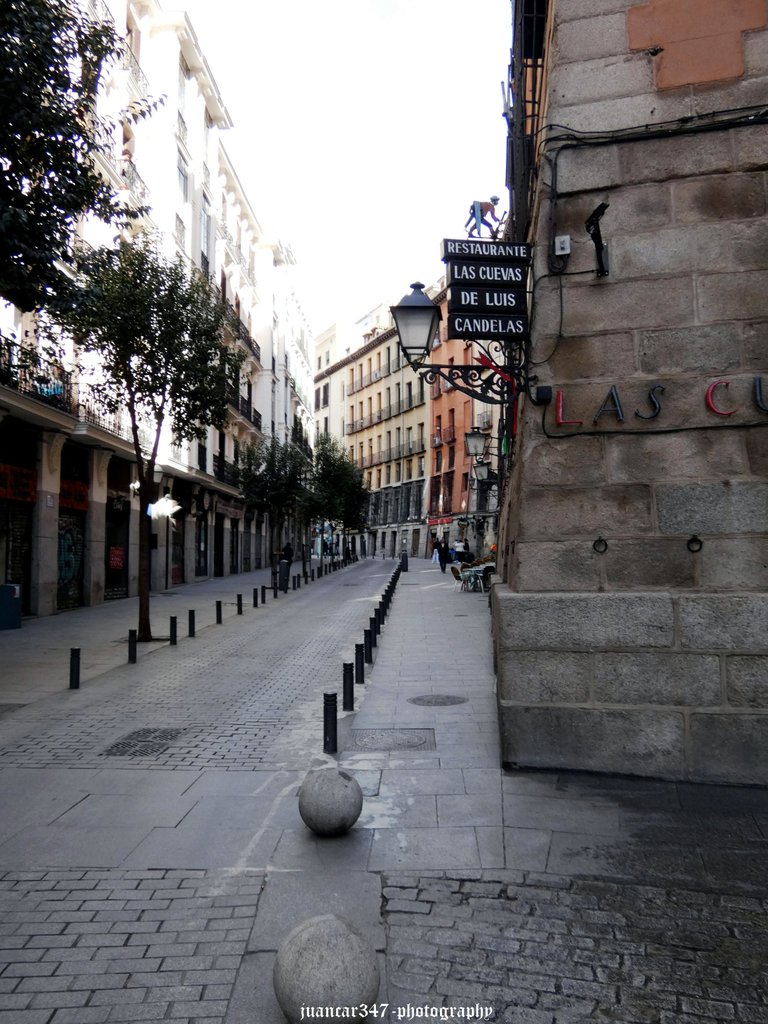
But it is an attractive place, not only because of its curious architecture, which seems to bend in on itself, or because the brilliant writer, Benito Pérez Galdós, placed part of the scenarios in which his splendid work 'Fortunata y Jacinta' takes place there - to be exact, at number 11, located between the 'Museo del Jamón' and the 'Mesón de la Guitarra'- but because it is a place where a multitude of inns and old taverns still survive, which are a real temptation for lovers of the festival and above all, traditional Madrid cuisine.
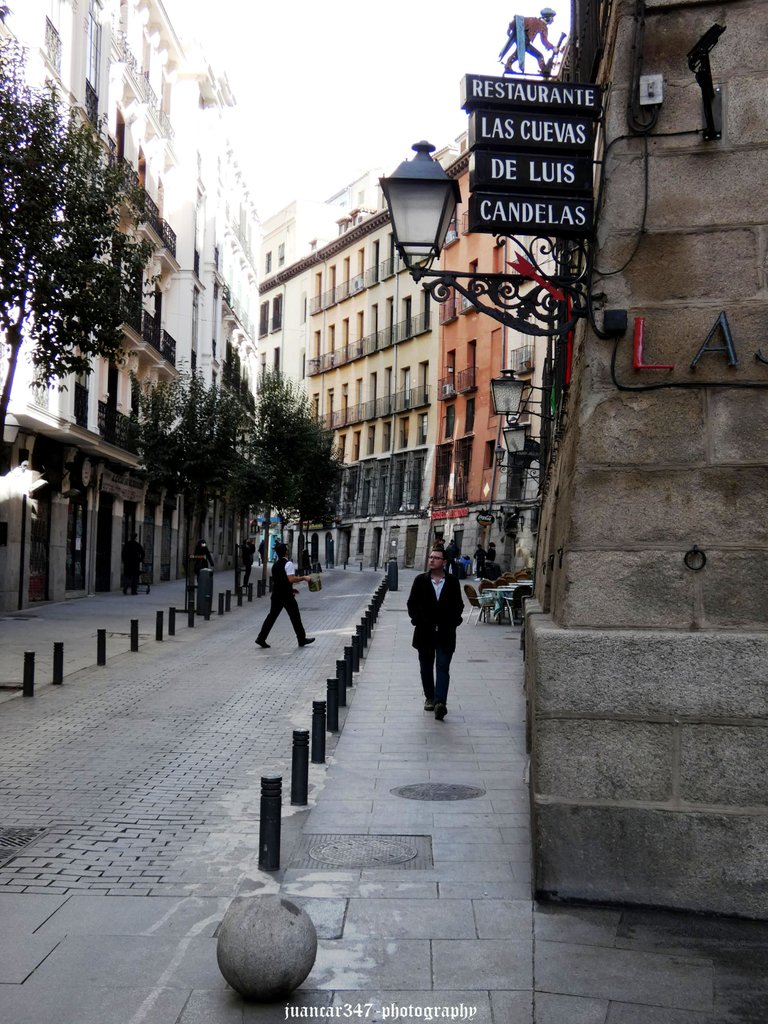
And among them, of course, it is worth mentioning the 'Mesón de Luis Candelas', the 'Taberna de la Daniela' -such as 'Lhardy' or 'Cruz Blanca', famous for its spectacular stews- and the 'Casa-Restaurante Botín'.
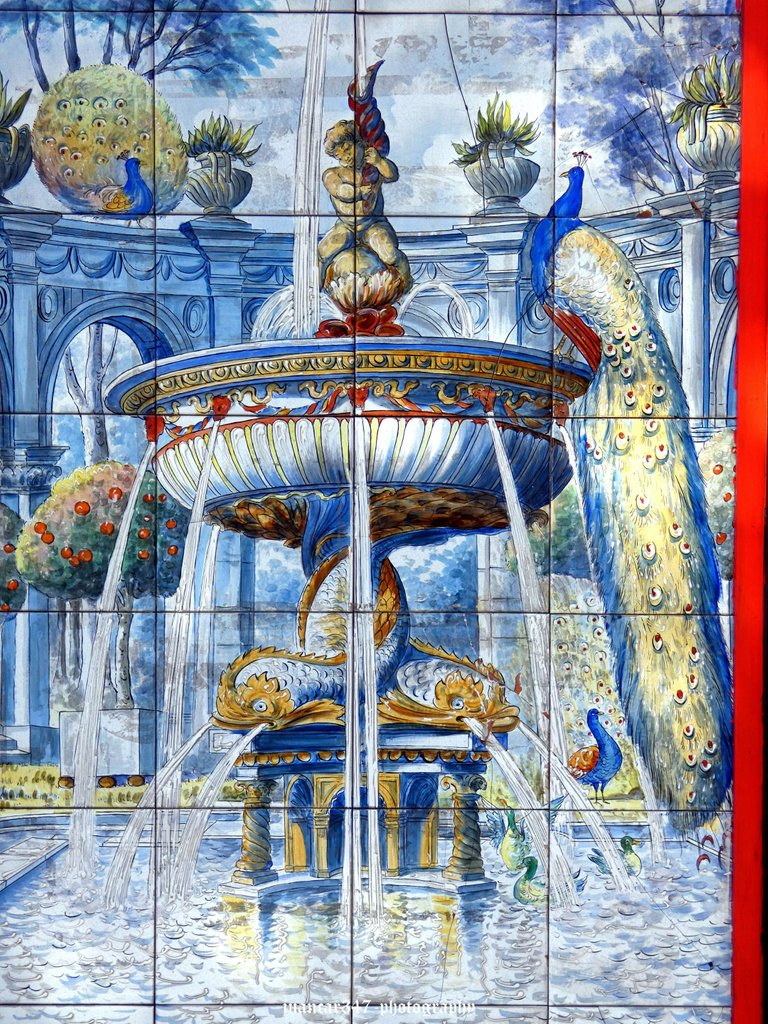
Uno de los lugares más populares de ese fascinante Madrid de los Austrias, en el que todo turista que viene regularmente a visitarnos se entusiasma con llevarse uno o cien selfies como recuerdo, es la Cava de San Miguel, que partiendo de la Calle Mayor y dejando a un costado la Plaza de igual nombre, desemboca en la famosa Calle de Cuchilleros, cuyo magnífico y desconcertante Arco ya tuve ocasión de mostrarles no hace mucho.
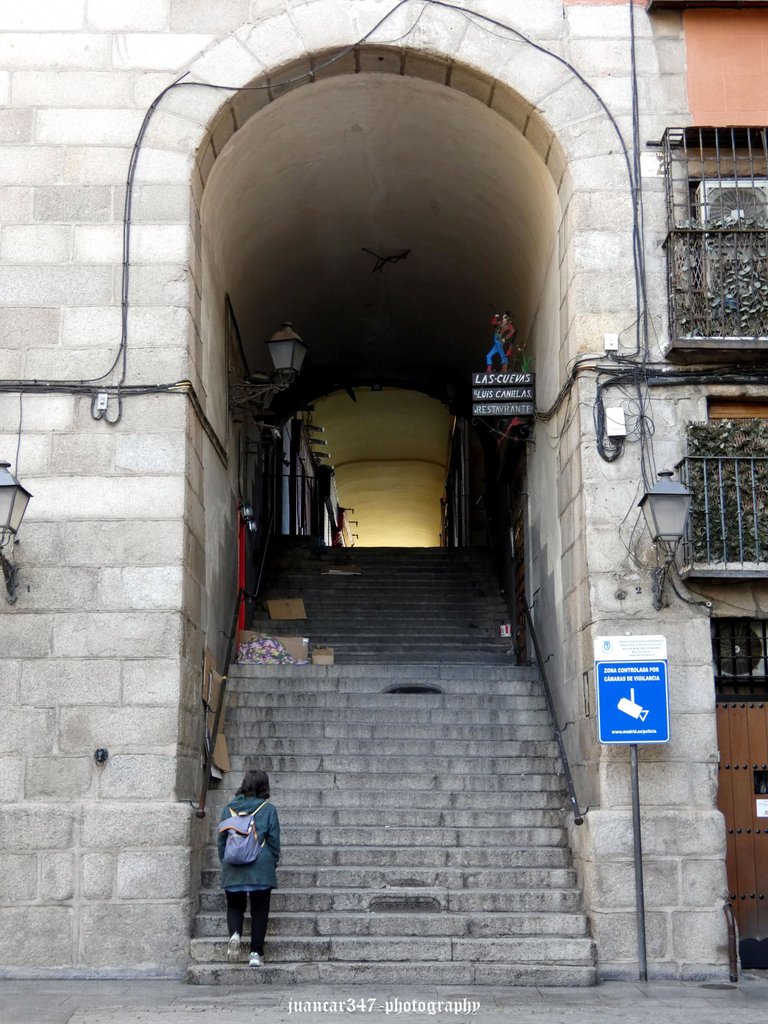
De hecho, si desconcertantes resultan la altura y la disposición del Arco de Cuchilleros, mucho más desconcertante aún, si cabe, resulta la extraordinaria curvatura de unos edificios que se levantaron en el mismo lugar donde estaba parte del profundo foso defensivo de las murallas del siglo XII que circundaban la ciudad y que el rey Felipe II mandó cegar con miles de toneladas de piedra y arena, cuando se acometieron las obras de la Plaza Mayor.
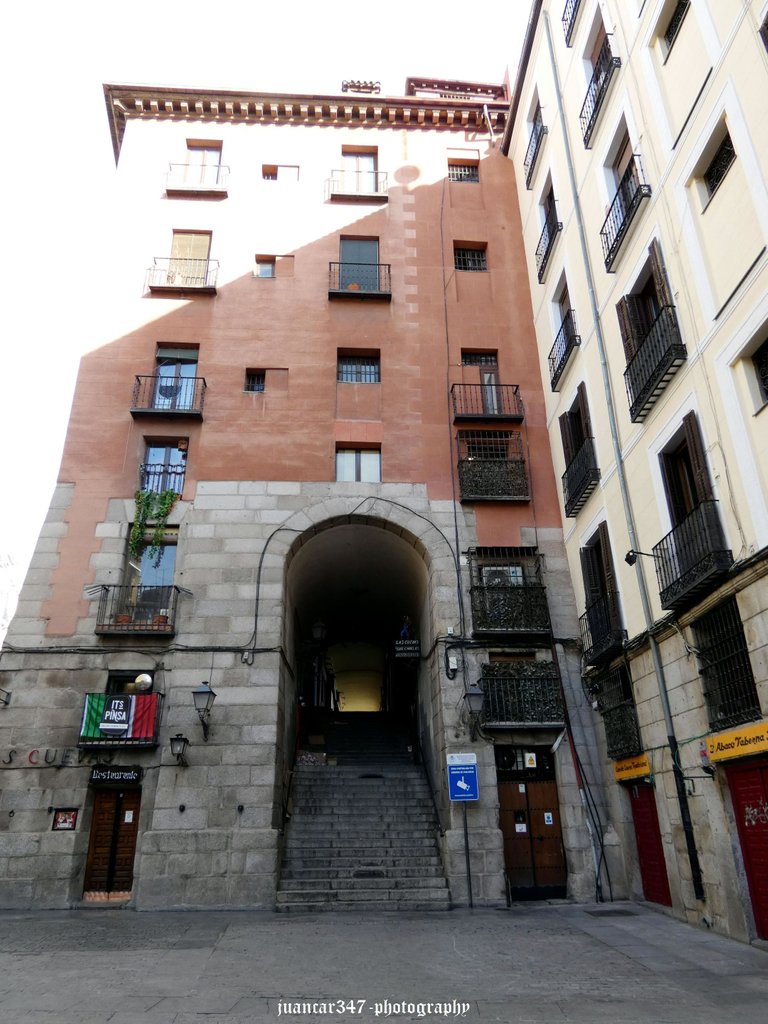
Pero es un lugar atractivo, no sólo por su curiosa arquitectura, que parece combarse sobre sí misma, o porque el genial escritor, Benito Pérez Galdós, situara allí parte de los escenarios en los que se desarrolla su espléndida obra ‘Fortunata y Jacinta’ -para ser exactos, en el número 11, situado entre el ‘Museo del Jamón’ y el ‘Mesón de la Guitarra’- sino porque es un lugar donde todavía sobreviven multitud de mesones y tabernas antiguas, que son una auténtica tentación para los amantes de la fiesta y sobre todo, de la cocina tradicional madrileña.
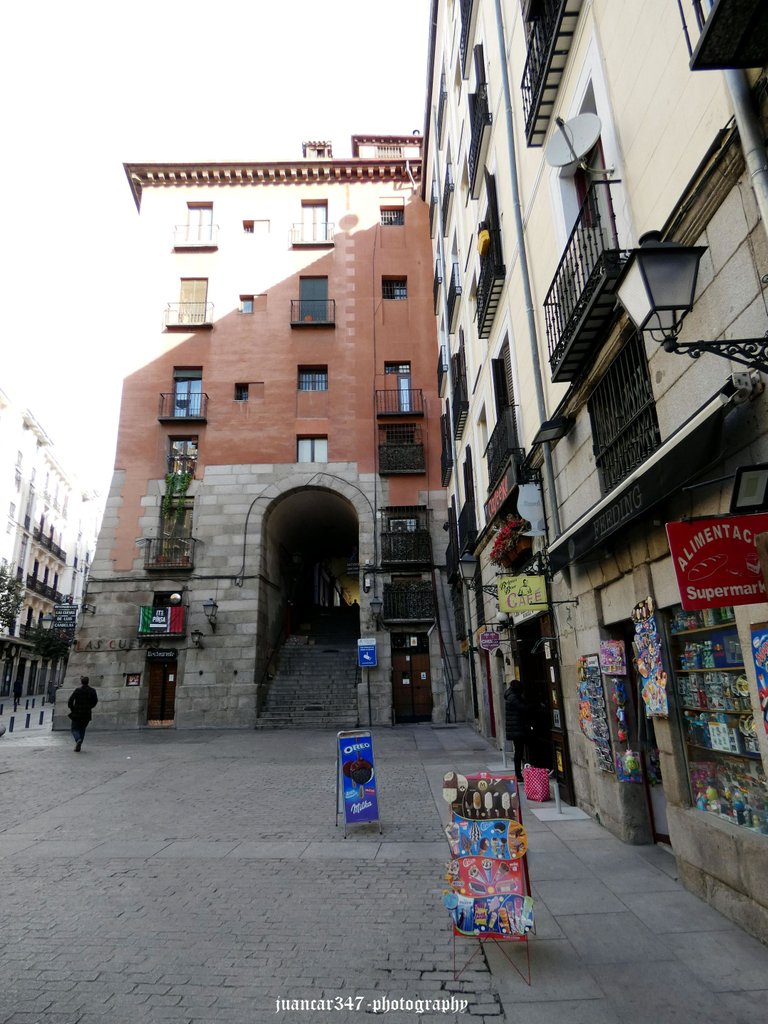
Y entre ellos, desde luego, cabe destacar el ‘Mesón de Luis Candelas’, la ‘Taberna de la Daniela’ -como ‘Lhardy’ o la ‘Cruz Blanca’, famoso por sus espectaculares cocidos- y la ‘Casa-Restaurante Botín’.
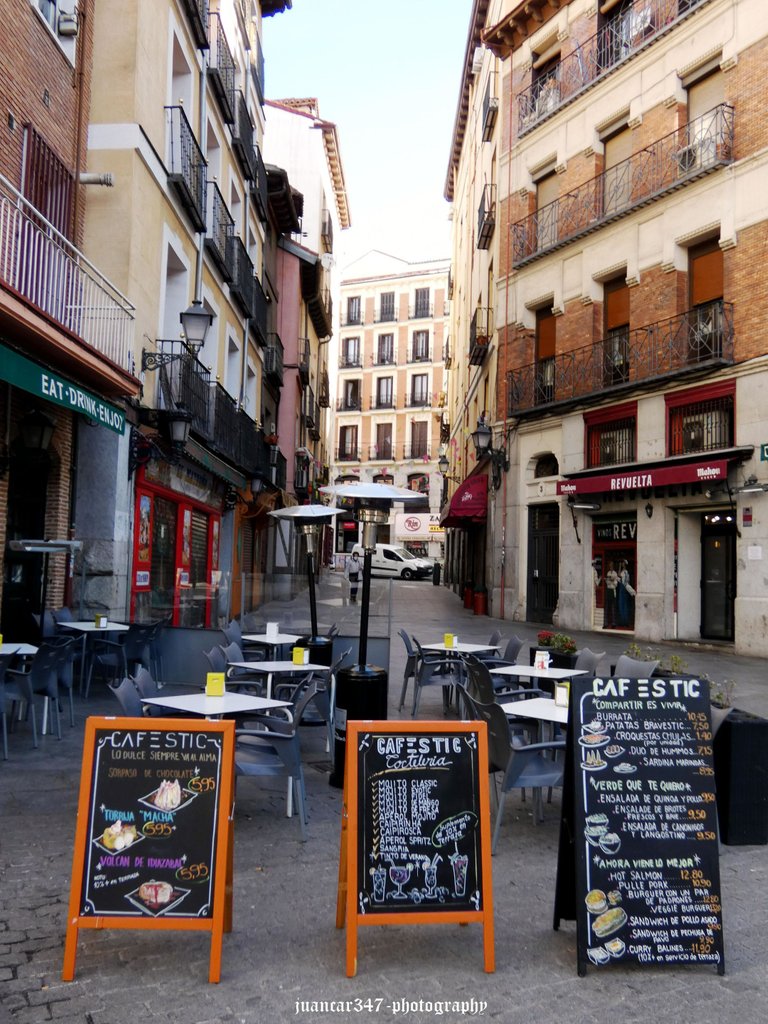
NOTICE: Both the text and the accompanying photographs are my exclusive intellectual property and therefore are subject to my Copyright.
AVISO: Tanto el texto, como las fotografías que lo acompañan, son de mi exclusiva propiedad intelectual y por lo tanto, están sujetos a mis Derechos de Autor.
